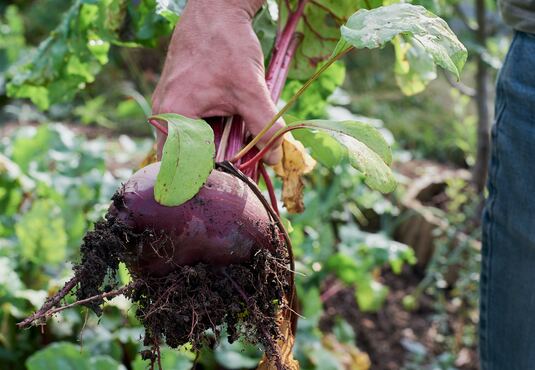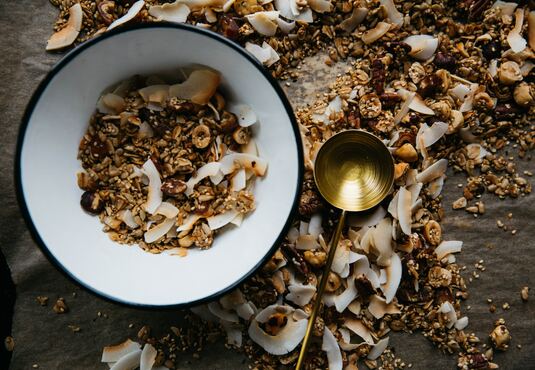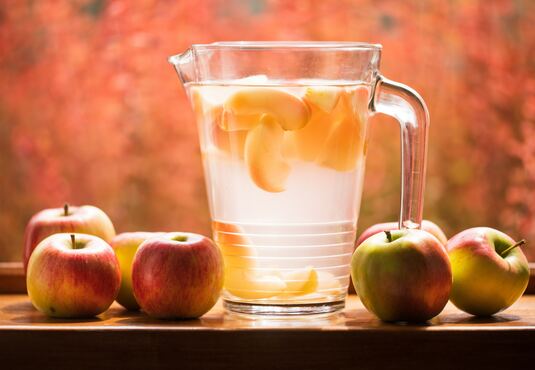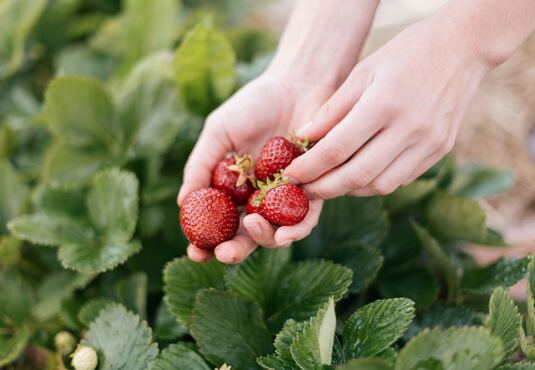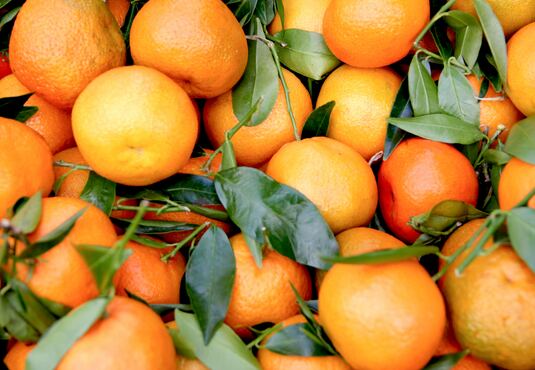
Kiwi and orange - two fruits with a special something
The exotic in green on a world tour
The kiwi has long ceased to be an exotic southern fruit that has traveled far. Its peak season in European growing regions starts in November and lasts until March. In southern European countries such as Greece, Italy, Spain or southern France, the kiwi finds the warm and wind-protected conditions it needs for optimal growth. But Austrian supermarkets are also already sourcing almost "regional" kiwi fruit from nearby South Tyrol. Although most people associate New Zealand with the origin of the kiwi, the kiwi originally comes from southwest China and was therefore previously referred to as the "Chinese gooseberry". It was not until the 1930s that New Zealand began growing kiwifruit. About 30 years later, the first Chinese gooseberries were exported to the USA and the name was changed in view of the similarity to the brown, fuzzy kiwi, the national bird of New Zealand.
A hairy portion of nutrients
Kiwis belong to the ray genus family and are berry fruits. The fruits, which can weigh up to 100 grams, are true vitamin C bombs. With just two kiwis a day, an adult can almost cover his or her daily vitamin C requirement. As with all fruits, the highest concentration of vitamins and minerals is found directly under the skin. Even if the hairy, rough structure of the kiwi peel may take some getting used to, it makes sense to eat the kiwi with the peel. As an ingredient in smoothies, it definitely works wonderfully. Also an extra portion of dietary fiber can be absorbed. Kiwis from organic cultivation should be preferred in any case.
Kiwi contains the protein-splitting enzyme actinidain, which can be beneficial for digestion. However, it can cause allergic reactions. Actinidain is also the reason why kiwifruit should not be eaten with dairy products. This is because the enzyme breaks down milk protein into smaller components, resulting in a bitter taste.
Orange gold from China
Another typical fruit of the winter months is the orange. Its original home can be deduced by connoisseurs from its botanical name: "Citrus sinensis" or in German "chinesischer Zitrus". Originating from a cross between a mandarin and a grapefruit, the orange was cultivated in southern China as early as 3,000 years ago, before it began its European triumphal march in the 16th century, starting in Portugal. There are a total of around 600 varieties of orange, which, like the kiwi, also belong to the berry genus. Brazil is the world's largest producer of oranges, with 18 million tons per year. In Europe, Spain leads production with three million tons of fruit per year. According to when they are harvested, the fruits are divided into summer and winter oranges, with winter oranges growing predominantly in Spain and Italy.
Immune booster in orange
It is well known that the orange has a high vitamin C content. With 53 milligrams of vitamin C per 100 grams of fruit, it outperforms even the kiwi. This makes it an excellent source of vitamin C during the long winter months, for which our immune system is particularly grateful.
Oranges also contain so-called flavonoids - a widespread subgroup of polyphenols. They belong to the group of secondary plant substances, which mostly act as coloring and flavoring agents in the peel of fruits and vegetables. In oranges, together with other citrus flavonoids, it is primarily hesperidin that is found in the white inner skin components of citrus fruits. Hesperidin is an important antioxidant that protects the cells of our body from free radicals that are produced by environmental pollution, smoking, extreme physical stress, or even as part of the immune defense system. However, it could also be the reason for a protective effect against cardiovascular disease and stroke, which has been observed in studies when consuming oranges or orange juice (more info in this blog post). How fortunate that orange juice is available year-round!
Last but not least, a bit of orange trivia: what came first? The orange or the color of the same name? It was the oranges: That gaudy shade in between yellow and red didn't evolve into a color name until the orange spread. In Buddhism, by the way, the color orange represents wisdom and maturity, as well as the highest level of human enlightenment.
More information at:





